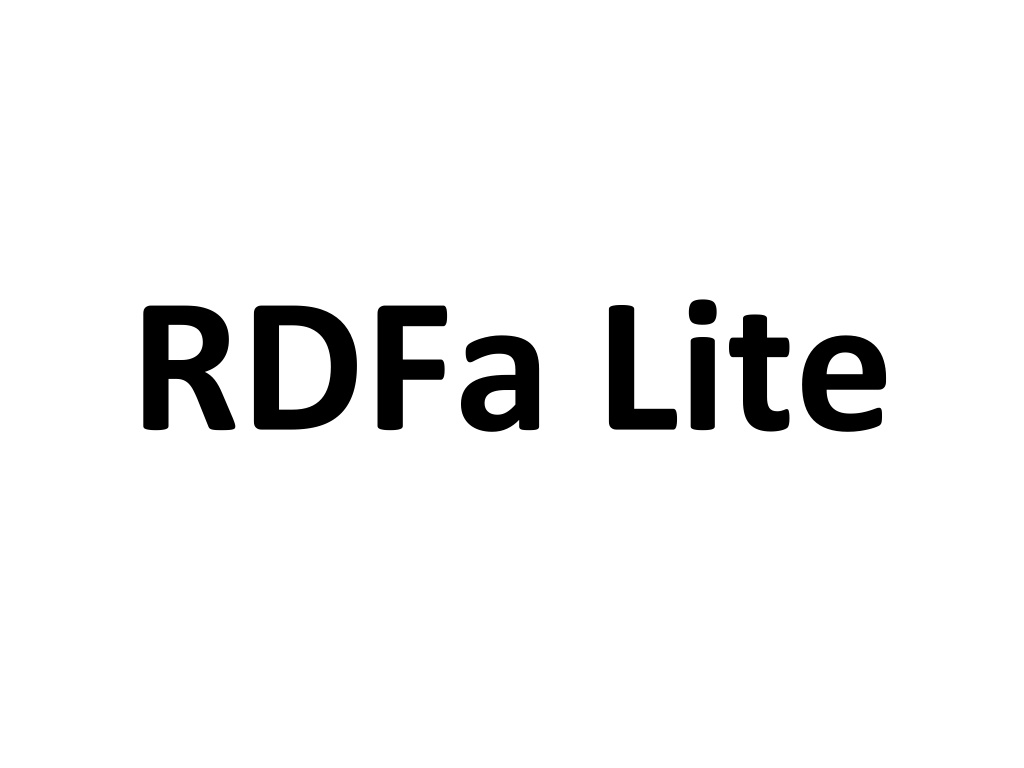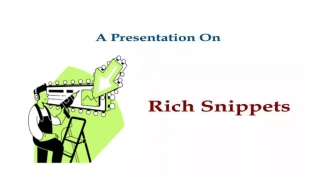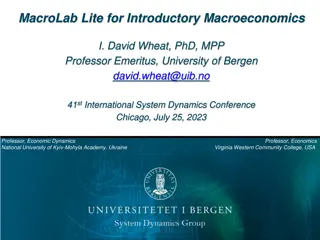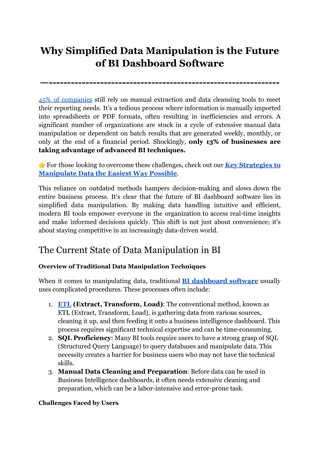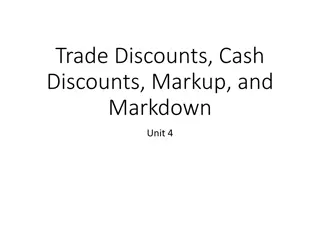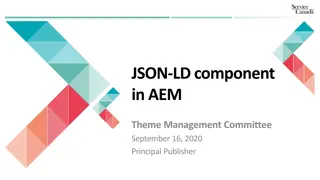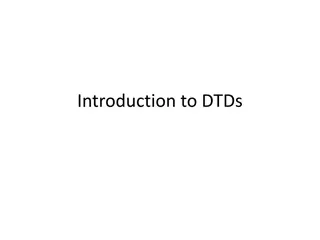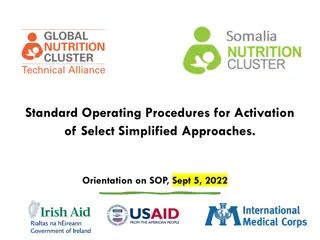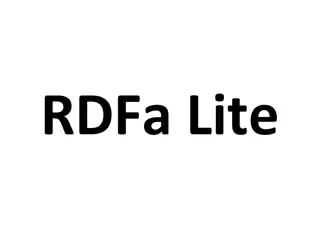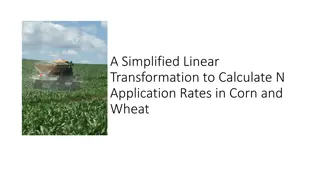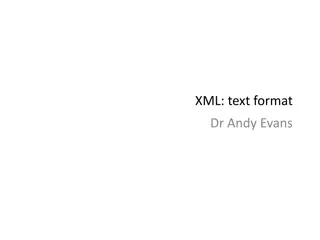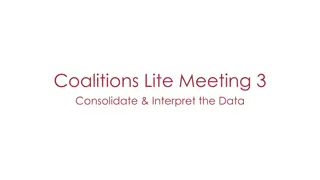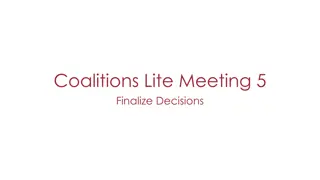Understanding RDFa Lite: A Simplified Approach to Structured Data Markup
RDFa 1.1 Lite is a subset of RDFa 1.1 that simplifies structured data markup by employing attributes like vocab, typeof, property, resource, and prefix. It works seamlessly with schema.org terms, enabling easy integration of structured data into web content. The comparison of RDFa Lite with Microdata highlights its advantages, such as supporting multiple RDF vocabularies and offering more advanced features when necessary. Explore the examples provided to grasp the implementation of RDFa Lite in enhancing web content with structured data.
Download Presentation

Please find below an Image/Link to download the presentation.
The content on the website is provided AS IS for your information and personal use only. It may not be sold, licensed, or shared on other websites without obtaining consent from the author. Download presentation by click this link. If you encounter any issues during the download, it is possible that the publisher has removed the file from their server.
E N D
Presentation Transcript
What is RDFa Lite? RDFa 1.1 Lite is a subset of RDFa 1.1 Five simple attributes: vocab, typeof, property, resource, and prefix Completely upwards compatible RDFa 1.1 Works well with schema.org terms Consists of five simple attributes: vocab, typeof, property, resource and prefix
RDFa Lite example The vocab attribute sets the default vocabulary for a block, typeof sets the class and property introduces a property <p vocab="http://schema.org/" typeof="Person"> My name is <span property="name">Manu Sporny</span> and you can give me a ring via <span property="telephone">1-800-555-0199</span> or visit <a property="url" href="http://manu.sporny.org/">my homepage</a> </p>
RDFa Lite vs. Microdata <p vocab="http://schema.org/" typeof="Person"> My name is <span property="name">Manu Sporny</span> and you can give me a ring via <span property="telephone">1-800-555-0199</span> or visit <a property="url" href="http://manu.sporny.org/">my homepage</a> </p> RDFa Lite <p itemscope itemtype="http://schema.org/Person"> My name is <span itemprop="name">Manu Sporny</span> and you can give me a ring via <span itemprop="telephone">1-800-555-0199</span> or visit <a itemprop="url" href="http://manu.sporny.org/">my homepage</a> </p> Micro- data
Microdata vs RDFa lite serialization The RDFa Lite serialization looks almost isomorphic to the Microdata version Changes: itemprop -> property itemscope is dropped itemtype-> typeof vocab="http://schema.org/" added to the body or some other enclosing taga
RDFa Lite example: resource Resource attribute gives object value (URL) for sub- ject and prefix attribute eases mixing vocabularies <p vocab="http://schema.org/" typeof="Person" resource="#manu" prefix="ov:http://open.vocab.org/terms/" > My favorite animal is the <span property="ov:preferredAnimal">Liger</span> </p>
Conclusions One advantage of Microdata markup was it was simpler than RDFa RDFa Lite offers the same simplicity But with two advantages: You can add statements from multiple RDF vocabularies You can take advantage of more complex RDFa markup features if and when needed
